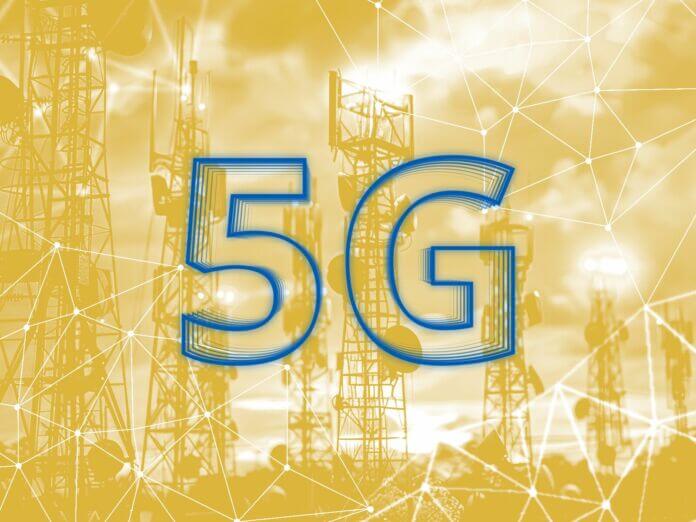
ZARIOT – September 17, 2024
Collected at: https://www.iotforall.com/how-5g-redcap-will-pave-the-way-for-mass-iot-deployment
According to IoT Analytics, global cellular Internet of Things (IoT) connections are expected to surpass 29 billion units by 2027. This trend is driven by new connectivity options, namely, 5G REDCAP, NB-IoT, and 4G Cat-1 technologies which are designed specifically for Machine-to-Machine (M2M) IoT applications.
These will provide much-needed cost-effective support for lower-power industrial, commercial, and consumer-facing IoT projects.
Momentum of 5G
5G began deploying in 2019 as the 5th generation mobile network after 1G, 2G, 3G, and 4G. The technology delivers better performance than its predecessors with higher data speeds, ultra-low latency, increased availability, and a smoother user experience for more users.
According to the latest Ericsson Mobility Report, growth in services and subscriptions of 5G-capable devices is exceeding that of 4G Long-Term Evolution (LTE) and is even outpacing the transition between 2G to 3G.
In Q1 of 2023 alone, there were 160 million new 5G subscriptions added, bringing the total to 1.7 billion 5G subscriptions globally. This means that by 2029, over 60 percent of all subscriptions will be 5G or 5.6 billion in total.
5G New Radio Reduced Capacity (NR REDCAP): Bridging the Gap
While 5G brings significant benefits, many IoT use cases do not require high-performance features that smartphones do. Instead, this is where a light version of the 5G standard, 5G NR REDCAP, comes into play.
Essentially, 5G NR REDCAP technology bridges the gap between efficient LPWA Networks and critical IoT features. This specification makes it ideal for broader adoption of 5G in use cases including pressure sensors, humidity and temperature sensors, actuators, trackers, and more.
These use cases typically require higher bandwidths than what NB-IoT or 4G Cat-1 technology can provide but with lower data rates and latency.
Prior to 5G NR REDCAP, the easy solution would be to connect directly to an existing LTE network and use data at LTE speeds as needed. But for a deployment that requires connecting and powering tens of thousands of devices, costs quickly become inhibitive.
Additionally, compared to enhanced mobile broadband (eMBB) and ultra-reliable and low latency (URLLC), 5G NR REDCAP has reduced features. It is essentially an optimized design for mid-tier IoT use cases.
Let’s take a closer look at some of its 5G NR REDCAP key characteristics.
5G NR REDCAP Features
All 5G NR REDCAP devices can efficiently support 150 Mbps and 50 Mbps in the downlink and uplink.
This means that devices connected to the NR REDCAP channels could enjoy similar bandwidth as a standard 4G LTE connection, without adding a significant load to the network.
More features of 5G NR REDCAP include the following:
- Narrower bandwidths – 20 MHz in sub-7 GHz or 100 MHz in millimeter wave (mmWave) frequency bands
- A single transmit antenna
- A single receive antenna (2 antennas being optional)
- Support for half-duplex TDD (instead of FDD)
- Lower-order modulation (256-QAM being optional)
- Support for lower transmit power
With access to a much higher bandwidth and ultra-low latency, NR REDCAP offers a new wave of possible IoT applications at a much lower cost compared to standard 5G devices. It also offers improved battery life with significant reductions in power consumption, allowing devices to operate on batteries for years without charging.
Enterprises stand to benefit from richer insights, without incurring cost, power requirements, and complexity of high-end 5G devices.
Use Cases and Applications
Overall, 5G NR REDCAP will see the widespread adoption of 5G across intelligent IoT applications. For example, in industrial, logistics and supply chain, retail (PoS), and telematics use cases.
The flexibility and scalability of 5G NR REDCAP make it possible to introduce timely enhancements, while reducing operational costs (e.g. maintenance), paving the way for new use cases not currently served by current NR specifications and catalyzing the next wave of IoT transformation.

Leave a Reply